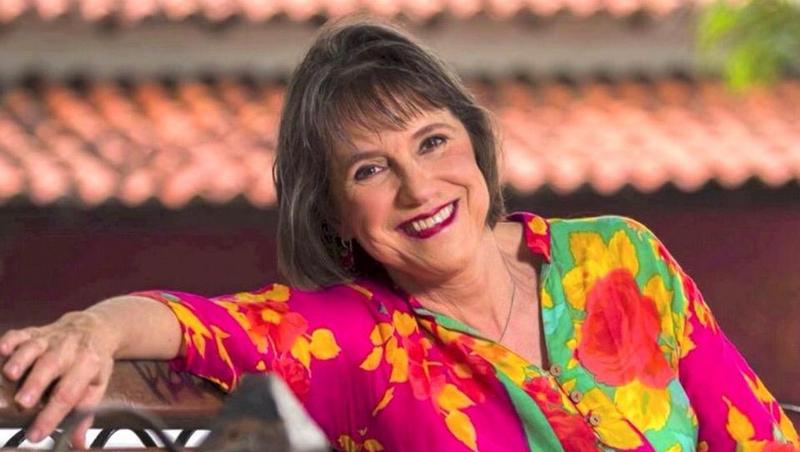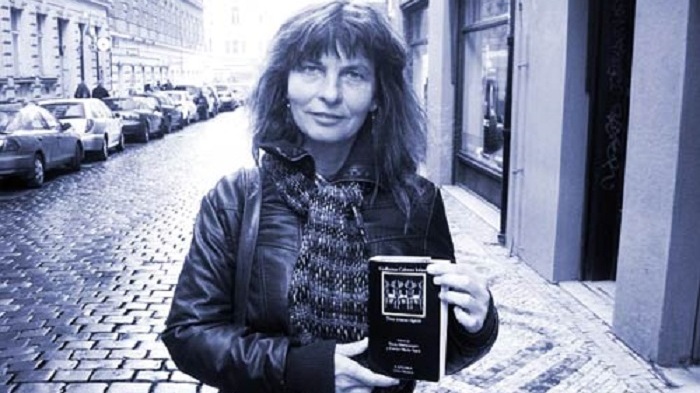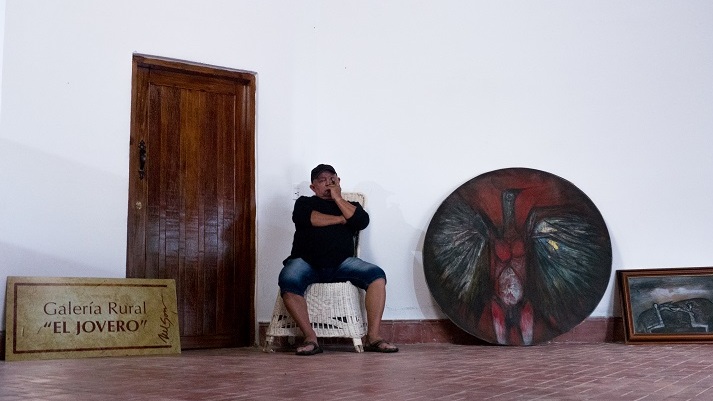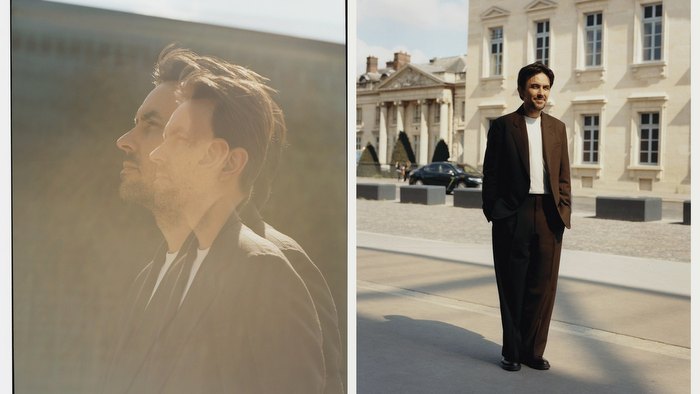By Alexis Triana
As we speak, and as though nothing special were happening, he is sitting in the middle of the second story of his workshop-home located almost across the Plaza de Armas, which looks on the statue of the Caballero de París – whose beard the unwary passers-by usually grab. But he does not have time for that kind of thing: he is creating while he speaks with renovated passion about his new dreams.
By his side are Oriol, director of Teatro de Los Elementos, and Estrada, who keeps track of the surrounding reality for him, and also his beautiful and young wife Dana, who picks the pictures in the computer for his next Dossier for Arte por Excelencias.
Others at his age look back at their disappointments and failures: he is fully dressed in white and invites friends for his new wedding party in the foothills of Escambray. Because he is always accomplishing something, maybe due to his provincial nose that never goes away, or because his sense of fulfillment in life is to be useful, and money is merely currency and that’s it. It is not by chance that he was born in Baire, Granma province.
Oriol notes that he is the same Nelson he met at Escuela Nacional de Arte, and later met again at Universidad de las Artes, when Nelson was already a professor of undisputed merit, having been trained by the great Antonia Eiriz to succeed her at artistic teaching, and where he is currently a consulting professor.
Most artists wish they could show their work right now at a gallery in Vedado or Miramar; he is inviting us, on February 14th, for the inauguration of the only rural art gallery in the country; and talks for hours on end about either the graphics workshop in Villa Panamericana, or the project Bolsillo Flaco, or the last donation of some of his works to ornament the walls of a hospital in La Habana, Ciego de Ávila or Las Tunas, or his last dream for Galería Los Oficios in the middle of Habana Vieja.
He believes that the commercialization of works of art has been a key factor in the disappearance of the sense of solidarity expressed in the act of giving without receiving anything in return but the admiration and love of your own folks. An artist lives on his work but there are many in need, and artists in Cuba and elsewhere should do better
Related Publications

Cecilia Todd. Singing always makes sense
August 21, 2020
Q & A with Marguerite Horberg of Hot House
July 17, 2020












